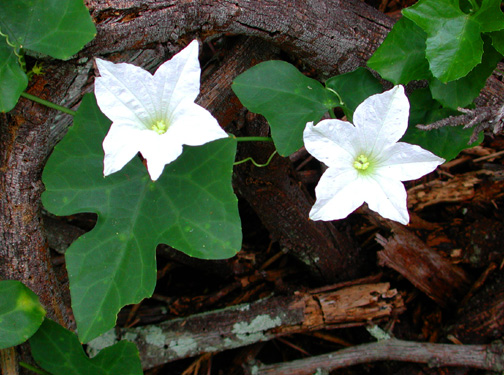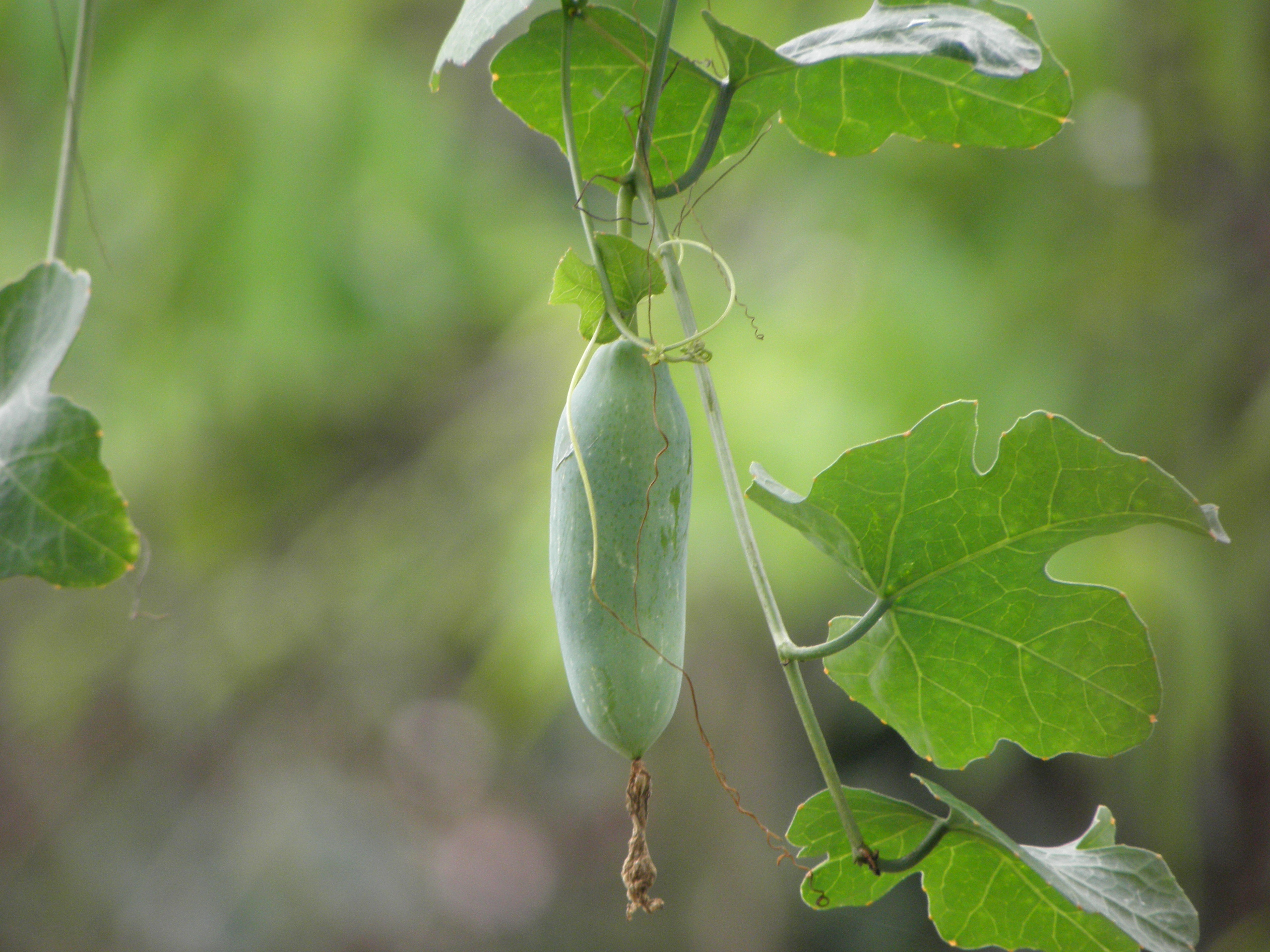Kovai keerai is the best medicine for the treaament of piles. Its botanical name is coccinia Indica or coccinia grandus. It is also called as baby water melon. little gourd, tindora in HIndi, kovaikka in malayalam, kovai keerai in Tamil, dondekaye in Kannada and tondii in marathi.
It is a tropical vine found in South India like a weed.It is tolerated along garden fences and other outdoor features because of its beautiful white flowers. This vine spreads very fast and forms bed on the fences or wherever it grows.

Medicinal uses:
The leaves are effective in treating boils in the region of anus.
Steam the leaves one or two minutes with the application of castor oil on the leaves. Place the leaves below the anus for more than one hour. Frequently you change the leaves fresh with the same treatment. It will kill the bacteria an transforms the boils into pus. The pus will mature and oozes out automatically. The piles will be healed.
The leaves are used as an ingredient in kootu with dal. It is a wonderful cooling recipe which will ease bowel motion and helps the body to cool down.
Iv gourd leaves are rich in beta carotene.
The paste of leaves are applied on the skin to treat with scabies.
The leaves and fruits are containing micronutrients and vitamin A and C
The fruits are also very useful to treat with leprosy, jaundice, fever and asthma and diabetes.
There are lot of recipes are prepared, served and enjoyed by the people of all over the world. The raw fruits are cooked and fried with spices in India. The leaves are cooked with dal and consumed by the villagers. The parrots love this fruit very much. Soups are made from the leaves and raw fruit. In some dishes, the raw fruit is stuffed with masala and fried.
So this vine is encouraged to grow in our home garden. We should add this ivy gourd in our regular diet.


It is a tropical vine found in South India like a weed.It is tolerated along garden fences and other outdoor features because of its beautiful white flowers. This vine spreads very fast and forms bed on the fences or wherever it grows.

Medicinal uses:
The leaves are effective in treating boils in the region of anus.
Steam the leaves one or two minutes with the application of castor oil on the leaves. Place the leaves below the anus for more than one hour. Frequently you change the leaves fresh with the same treatment. It will kill the bacteria an transforms the boils into pus. The pus will mature and oozes out automatically. The piles will be healed.
The leaves are used as an ingredient in kootu with dal. It is a wonderful cooling recipe which will ease bowel motion and helps the body to cool down.
Iv gourd leaves are rich in beta carotene.
The paste of leaves are applied on the skin to treat with scabies.
The leaves and fruits are containing micronutrients and vitamin A and C
The fruits are also very useful to treat with leprosy, jaundice, fever and asthma and diabetes.
There are lot of recipes are prepared, served and enjoyed by the people of all over the world. The raw fruits are cooked and fried with spices in India. The leaves are cooked with dal and consumed by the villagers. The parrots love this fruit very much. Soups are made from the leaves and raw fruit. In some dishes, the raw fruit is stuffed with masala and fried.
So this vine is encouraged to grow in our home garden. We should add this ivy gourd in our regular diet.
